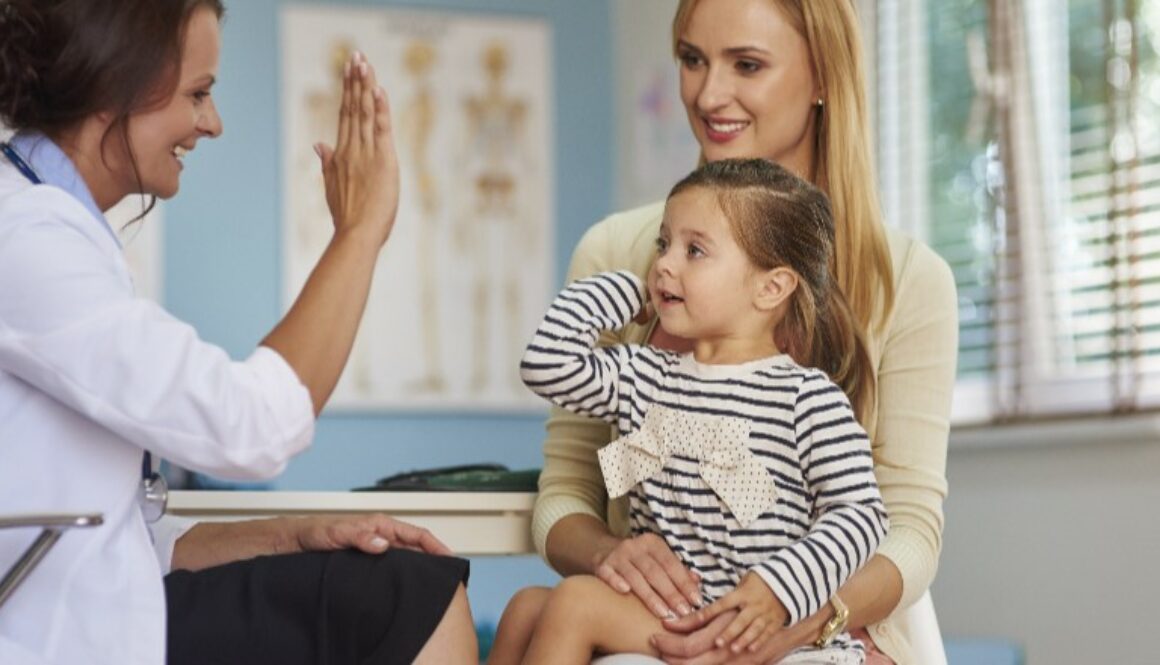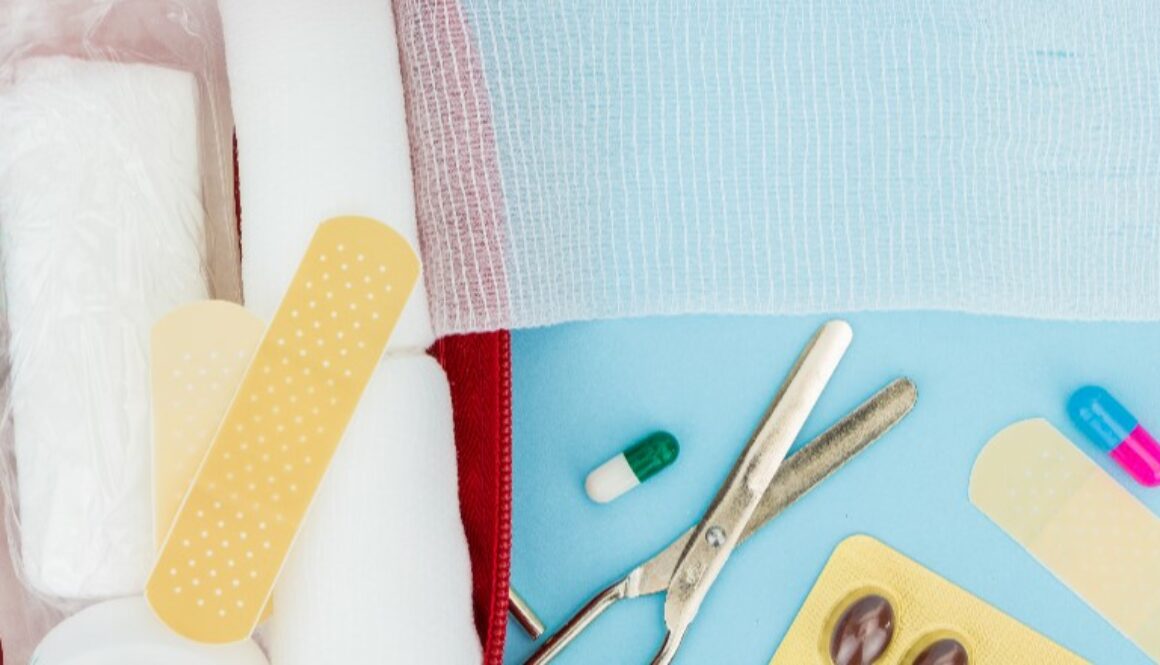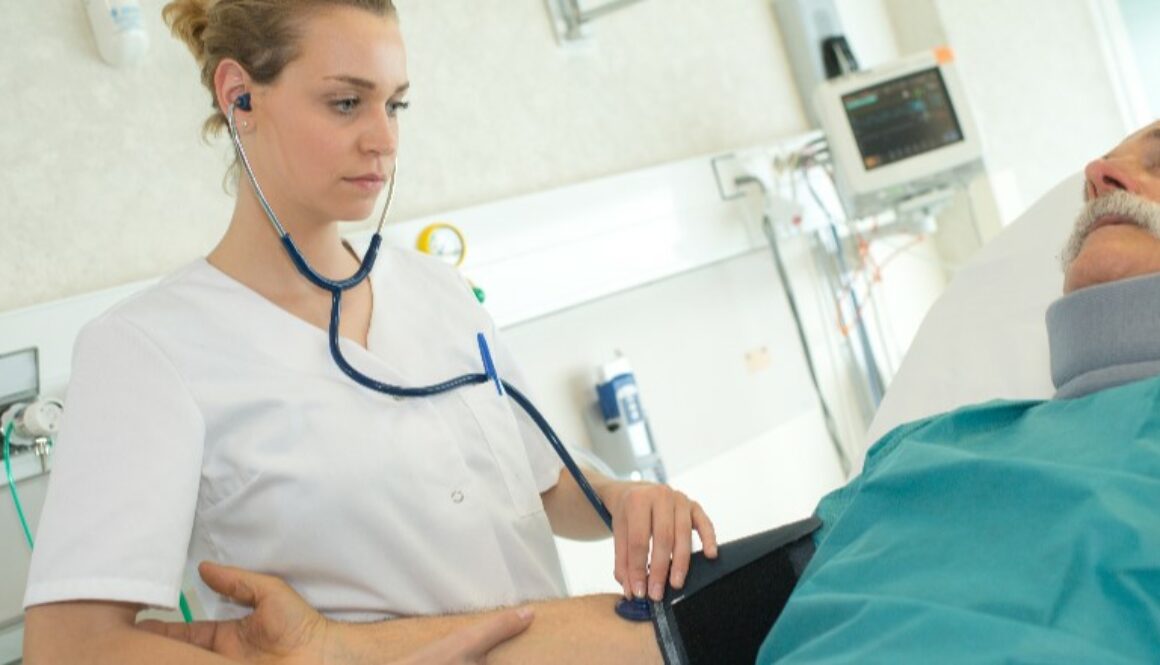
Helpful Health Tips and Wellness Advice

What to do if Your Child Swallows Medication
Medications are meant to treat illnesses, but they can cause a lot of harm in some unfortunate cases, especially in households with children. According to the Centers for Disease Control and Prevention, more than 60,000 young children go to the emergency room each year as a result of swallowing medications. In fact, several cases have been reported where toddlers have died as a result of swallowing their parents’ pills. It is a commonly known fact that all types of medications should be kept out of children’s reach to ensure their safety. But in many instances, parents who keep medications out of their children’s reach are at a risk of such an emergency. All types of medications are dangerous to children, especially the ones mentioned below:
Antidepressants
Antidepressants have accounted for almost 17 percent of child poisonings in recent years. All types of allergy pills and antidepressants must be kept away from children. After taking these pills, a child may experience seizures or even go into a state of coma.
Heart medications
Swallowing a heart medication can cause a child’s heart rate and blood pressure to drop and result in cardiac arrest.
Pain relievers
Aspirin poses significant risks to children as it can lead to a fatal illness known as Reye’s syndrome. As little as 4 adult extra-strength acetaminophen tablets can be toxic to an average 2 year old.
Over-the-counter medicines
Every household has over-the-counter medicines. These medicines have led to a majority of child poisonings. Products, including nasal sprays and eye drops can result in seizures among toddlers.
What should be done if a child swallows your medication?
As a rule of thumb, always store your medications out of your kids’ reach. Never ever leave your medicines out in the open. And if you have young children, make it a point to tell them about the dangers of your medicines so that they do not go near them. In addition, keep all your medicines in bottles with child-resistant caps. Furthermore, do not take your medicine in front of your children as they might imitate you in your absence. However, if your child has swallowed any of your medicines, they might feel nauseous or lethargic, and vomit. These are the most common symptoms of medicine poisoning in children. Sometimes, your child might have a seizure or a coma. If this happens, you need to take immediate action. Take your child to the nearest emergency room without any delay. Your child’s life is in danger, so you must seek immediate medical help. If possible, try to establish the type of medicine and the amount your child has swallowed to inform the emergency room specialists so that they are able to carry out the appropriate treatment. Looking for an emergency care center in Victoria? Look no further than Victoria ER. We are a 24 hour emergency care center that provides compassionate and quick medical treatment. Click here to contact us.
Nutex Health, Inc supports you and your family’s health. You can depend on Victoria ER or any one of our concierge-level, freestanding emergency facilities to deliver the emergency care you deserve, 24 hours a day, 365 days a year.
Top 5 Serious Symptoms in Children
High fever
If your child has a persistent high fever, combined with vomiting and restlessness, you should immediately visit the nearest emergency room. In some instances, high fever, vomiting and a stiff neck could indicate a serious illness, such as meningitis. Another important thing to keep in mind is that if your child experiences frequent headaches, you need to get them medically evaluated to determine its underlying cause and seek proper treatment.Coughing
Excessive coughing is a serious symptom that needs medical attention. It is possible that your child has an underlying issue in their digestive tract or lungs that is causing uncontrollable coughing and making it difficult for them to breathe.Rash
Children, especially toddlers, are prone to rashes, which can usually be harmless. However, if your child’s rash is all over their body, it is advisable to get it checked as soon as possible. The type of rashes to be concerned about include red or purple spots that do not change color when pressed and hives. In addition, hives accompanied with facial swelling are serious and require medical evaluation.Lethargy
An unusually lethargic child or newborn, who has a difficult time staying active, should be taken to the emergency room for assessment. It is perfectly normal for a child to sleep and get some rest. But, if they fail to stay alert even when you wake them up, you should take them to a doctor as this may indicate a serious illness.Abdominal pain
Abdominal pain is common in children. However, make sure to take your child to the emergency room if their abdomen feels hard and they have not had a bowel movement for more than two days. Constipation could be a likely cause for this issue, but it could also mean an intestinal problem. It really does not matter whether a symptom is life threatening or not. To be on the safe side, seek medical help if your child complains of pain in their body or is not acting their usual self. Considering emergency care services for your child? Get in touch with the experts at Victoria ER. As one of the leading emergency care providers in Texas, we provide the highest quality emergency care services for children. Click here for more details.Nutex Health, Inc supports you and your family’s health. You can depend on Victoria ER or any one of our concierge-level, freestanding emergency facilities to deliver the emergency care you deserve, 24 hours a day, 365 days a year.

What’s in Your First Aid Kit?
Band-aids and bandages
First off, keep band-aids of various sizes for dressing wounds and small cuts. In addition, your first-aid kit should also contain elastic bandages for wrapping a sprained joint or a broken arm.Gauze and adhesive tape
You need gauze pads to control bleeding from cuts and scrapes. At the same time, you will need adhesive tape to keep the gauze in place. Gauze serves as a bandage to cover bigger cuts, while an adhesive bandage can protect the minor scrapes.Pain reliever
No first aid kit would be complete without a pain reliever, such as Aspirin, Ibuprofen or acetaminophen .Be sure to read the dosing instructions when giving pain medicines to children since the correct dose is based on their weight.Antibiotic cream
Always keep an antibiotic cream to help protect minor wounds from infection. An antibiotic ointment can also keep the wounded area moist.Allergy medications
If you have mild allergies, keep antihistamines in your first aid box. On the other hand, those suffering from grave allergies should carry injectable epinephrine.Hand sanitizer and gloves
Hand sanitizers and gloves can be useful for treating wounds. Alcohol-based gels can sanitize hands and thus mitigate the risk of infection. Make sure to sanitize your hands before slipping on a pair of disposable gloves. Once you put on gloves, you can treat a wound and remember to sanitize your hands again after treating the wound.Tweezers and scissors
Tweezers and scissors are pivotal components of any first aid kit, especially if you are outdoors and are susceptible to cuts. A pair of small scissors always comes in handy when you need to cut a tape, whereas you can remove a splinter with a pair of tweezers. Most importantly, disinfect the tweezers before using them.Calamine lotion
Calamine lotion helps to sooth rashes, itching or sunburns, and therefore, recommended for inclusion in the first aid kit.Thermometer
Always keep a functioning thermometer in your first aid kit to check fever. It is advisable to keep a digital thermometer. After gathering all these essential items in your first aid kit, keep it in a cool, safe place. If it is accessible to children, teach them its purpose and significance. Need more information on first aid medical tools? Victoria ER a professional emergency care center in Victoria, Texas that prides itself in offering our patients with high-level, quality emergency care services. Discover more about us here.Nutex Health, Inc supports you and your family’s health. You can depend on Victoria ER or any one of our concierge-level, freestanding emergency facilities to deliver the emergency care you deserve, 24 hours a day, 365 days a year.

WHAT TO DO IN THESE COMMON MEDICAL EMERGENCIES
Fainting
There can be several causes for fainting, such as excessive heat, anxiety, low blood sugar, a heart condition, or diabetes. No matter what the cause is, if you are with someone who feels dizzy, make them lie down or sit somewhere. Make sure to check their breathing and pulse rate. If they are still breathing, you can restore the blood flow to their brain by raising them above the level of their heart almost 12 inches. In case you cannot detect their pulse or breathing, call 911 immediately then if a defibrillator (AED)is available, use it. Otherwise, start CPR.Seizure
Due to abnormal or unusual electrical activity in the brain, seizures take place. Different types of seizures can affect people in a variety of ways. Some common symptoms include blackouts, flashing lights, blurry vision, increased pulse rate, and difficulty in breathing. While epilepsy is a major cause of seizures, they can also happen to people with no health conditions. In the event of a seizure, place a soft jacket under the person’s head. Turn the person on their side so that if they vomit it doesn’t collect in the back of their mouth causing it to go down the lungs. And do not try to put anything into their mouth like a spoon.Broken bones
It does not matter how old you are, anyone can experience broken bones due to an injury. Broken bones are likely to require emergency medical care. Do not move the person with a broken bone, unless it is really necessary. In case of bleeding, you can apply pressure to the wound with a clean cloth or bandage. Similarly, use ice packs wrapped in a towel to reduce swelling and relieve pain.Burns
There are three categories of burns. Those suffering from first-degree burns will experience redness or swelling. In case of second-degree burns – the second layer of the skin is burned – swelling is accompanied with painful blisters. The most serious of all, third-degree burns occur when the entire outer layer of the skin has been burnt. . In case someone faces a first or second-degree burn, run cold water over them to provide relief. You can also use an antibiotic ointment for such burns. Make sure to cover the burn with a bandage. Do not apply petroleum jelly or any other home remedy to the burn.Back pain
Excruciating back pain can take place due to lifting excessive weight or using improper technique to lift an object. At the same time, back pain can also cause unexplained weight loss or uncontrollable fever. Sometimes, back pain can signify serious health issues such as kidney stones, aortic aneurysm or herniated disc bulging against the spinal cord. This is why back pain calls for emergency care service as it has the potential to become life threatening. Anyone can face these emergencies at anytime. It is therefore better to be prepared.. At the time of a medical emergency, remember to stay calm and keep a few essential first aid tools with you, at home or at work. However, if the problem aggravates, visit the nearest emergency room. Looking for an emergency room in Victoria, Texas? Visit Victoria ER. As one of the leading emergency care providers in Texas, we provide professional emergency care services for adults and children. Click here to find out more.Nutex Health, Inc supports you and your family’s health. You can depend on our trusted brand to deliver the emergency care you deserve at any one of our concierge-level, freestanding emergency facilities 24 hours a day, 365 days a year.

